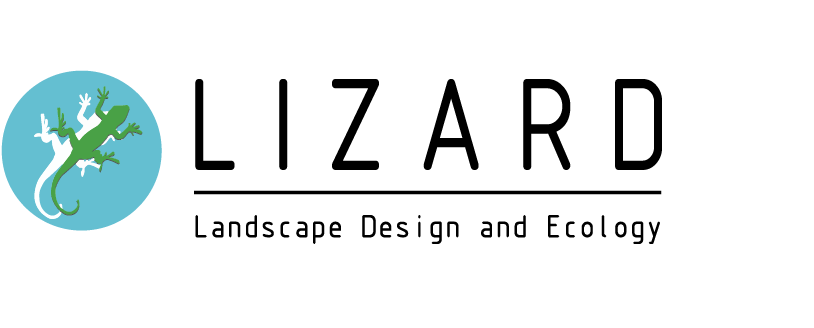When working on commercial projects, landscapers and designers are increasingly seeking to implement environmentally friendly practices across their work.
Here’s why sustainable landscape design is so important and how you can incorporate it into your projects.
What is sustainable landscape design?
Sustainable landscape design considers how people and places can benefit from the integration of natural environments into our everyday lives. It also aims to protect the natural environment of woodland, trees, hedgerows, grassland and other important landscape and ecological habitats within development sites.
These designs could be small in scale, such as renovating an office garden, or significantly large, such as implementing sustainable landscape design across a housing community.
Why is it important?
Sustainable landscape design embodies the three pillars of sustainable development: economic well-being, social equity and environmental protections. The core aims include reducing our carbon footprint, increasing energy efficiency, restoring habitats, protecting wildlife and creating environments that promote peace and tranquillity.
How can we incorporate sustainability into our landscape design?
There are several things we can do to promote sustainable practices within landscape design.
Here’s some ways in which we can make our outside properties more eco-friendly:
● Use recycled concrete and other materials to reduce unnecessary waste of natural resources.
● Maintain existing trees and plant new ones.
● Incorporate measures to increase energy efficiency - for example, the trees you plant around your building can affect home temperature levels and contribute towards renewable energy.
● Pay attention to water preservation - respect the position of water as a valuable resource and try to reduce wasteful irrigation by selecting plants carefully. It’s also practical to harvest rainwater and use that for irrigation.
● Take good care of soil - prevent soil erosion by turning to natural solutions such as rain gardens, dry creek bed and French drains.
● Grow and protect native plants - this reduces the use of lots of fertilisers, pesticides, and other forms of chemical maintenance.
● Implement permeable hardscapes - this will allow water to soak into the soil underneath instead of rolling off the surface and causing polluted runoff. You could use pea gravel, river rock, decomposed granite, porous asphalt, recycled concrete and permeable interlocking concrete pavers.
● Embed a rock garden - this is a visually appealing arrangement that contains carefully placed rocks and hardy plants that are drought resistant.
At Lizard Landscape Design and Ecology, we ensure sustainability is at the forefront of our ethos, our philosophy and practice operations. Working with clients and design teams, we seek to work towards retaining and protecting the natural environment of woodland, trees, hedgerows, grassland and other important landscape and ecological habitats within development sites. Contact us today to find out how we can help you.

